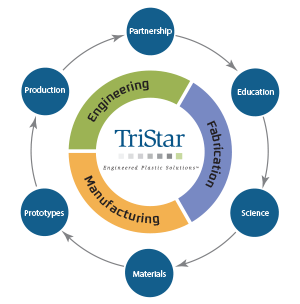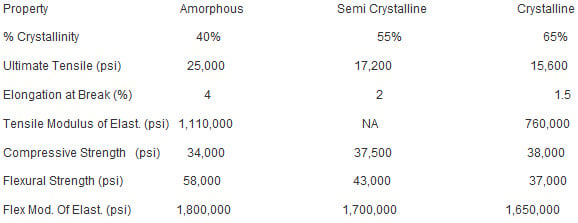1 min read
Skip to the main content.
Let's Go Paperless
To save time and postage, please sign up for customer paperless invoicing, payments, and vendor payments.
Customers click here
Vendors click here









